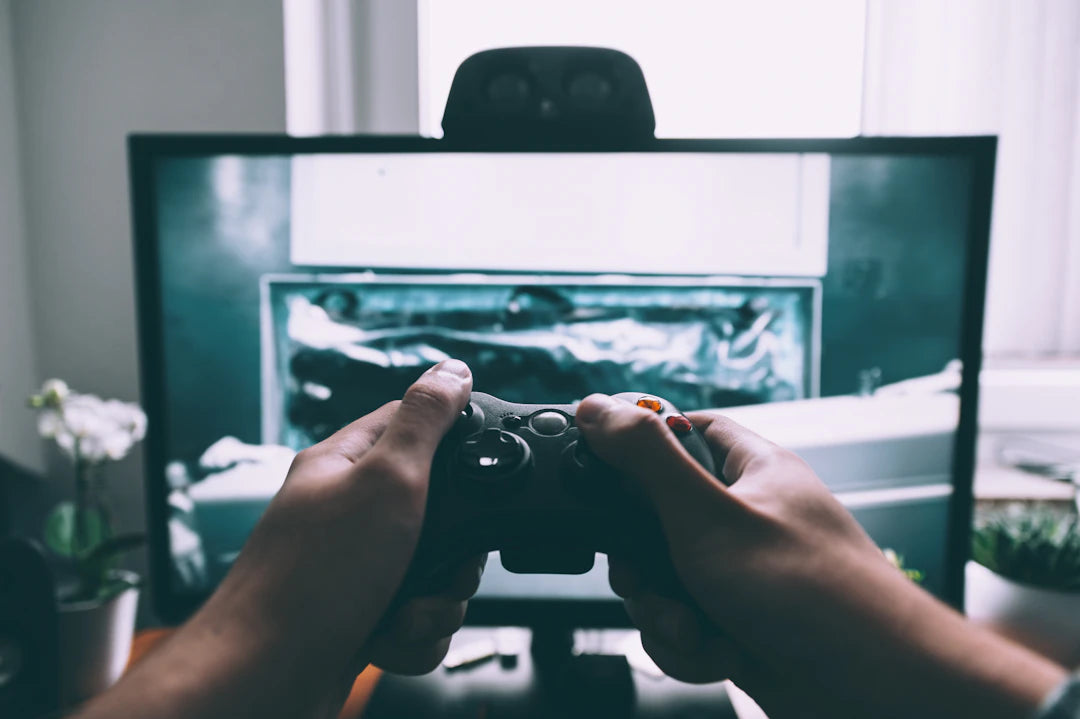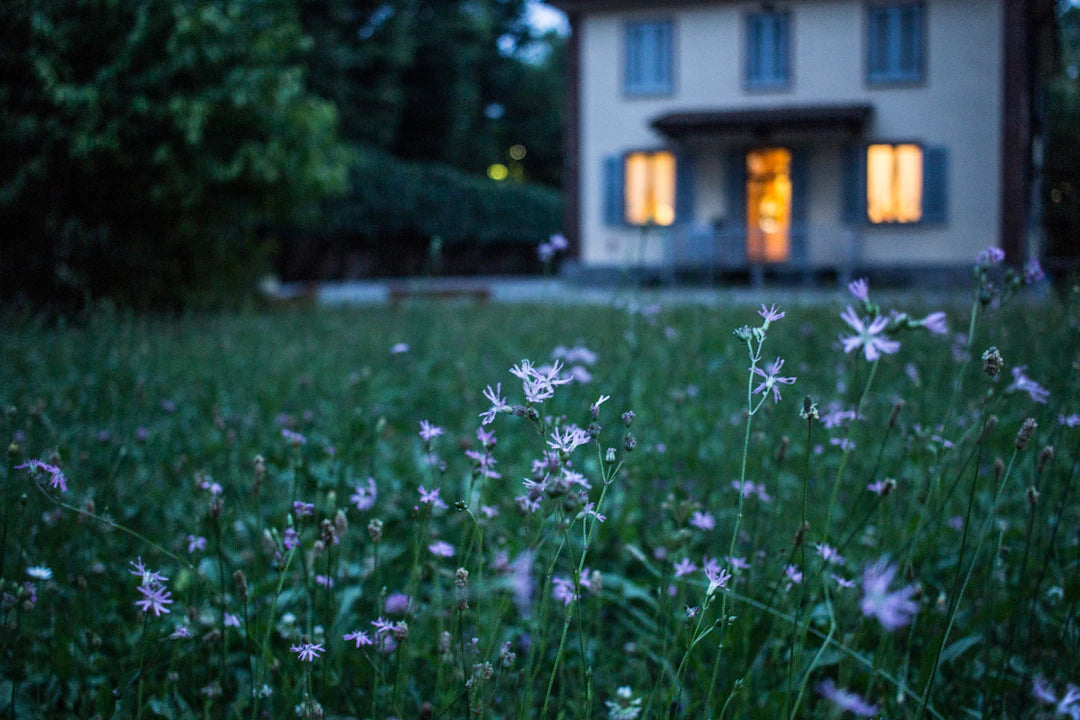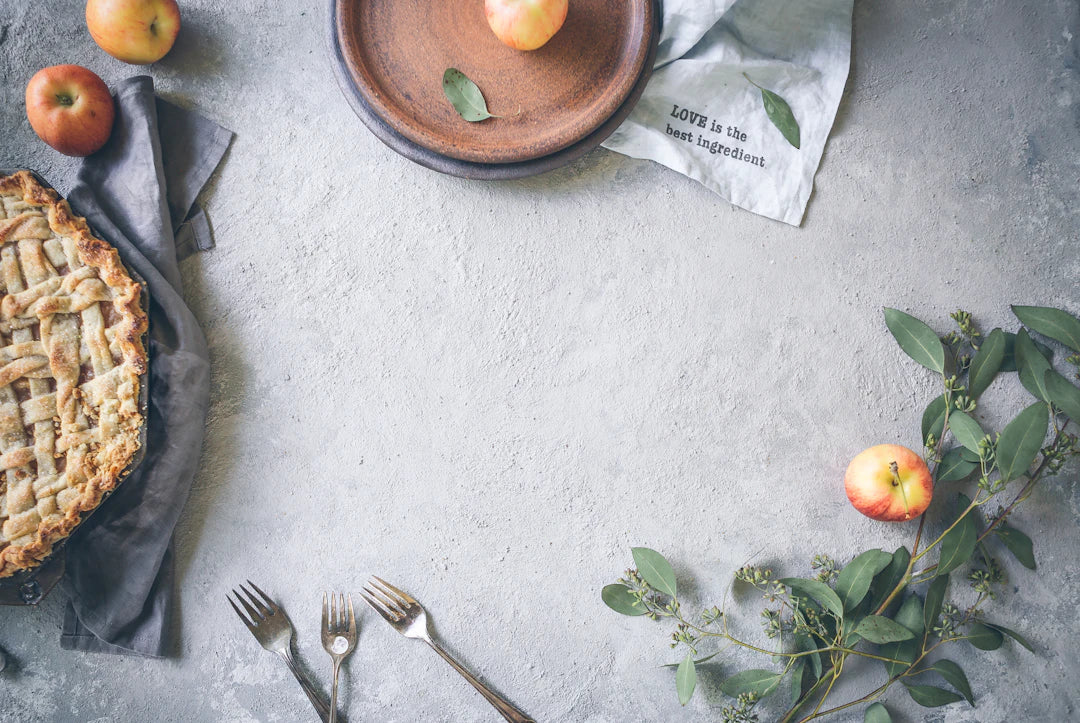Frequently Asked Questions
1. What is the history of shuffleboard?
2. How did shuffleboard become popular in America?
3. What contributed to the golden age of shuffleboard?
4. Why did shuffleboard decline in popularity?
5. How is shuffleboard making a comeback in modern society?
Shuffleboard is a game that has entertained countless players throughout its long and storied history. It has evolved from a simple bar pastime to a beloved home favorite for families and friends. In this blog post, we will explore the history and evolution of shuffleboard, highlighting key milestones and cultural significance. Join us as we delve into the fascinating journey of shuffleboard, from its origins to its present, and discover why this game continues to captivate people of all ages.
The Origins of Shuffleboard
Shuffleboard's history dates back to the 15th century, with origins thought to stem from the games played by the English aristocracy. Historians suggest that the game may have evolved from a combination of several ancient games, all aimed at testing skill and precision. The game we recognize today is believed to have emerged in Britain, where players would slide pucks down a long, narrow board, aiming for a designated scoring area.
The Transition to America
In the 19th century, shuffleboard made its way to the United States. While many believe it was brought over by English settlers, others argue that Italian immigrants further popularized it. During this period, the game transitioned from a private aristocratic affair to a more public and casual pastime. Shuffleboard tables began to appear in taverns and bars, catching the attention of those looking for an entertaining group activity.
The Golden Age of Shuffleboard
The early to mid-20th century brought about the golden age of shuffleboard. As bars began to adopt shuffleboard tables, the game transformed into a social staple across the nation. People of all backgrounds found connection and camaraderie through friendly competitions over games of shuffleboard. It was at this time that various organizations began forming to promote the sport, organizing tournaments and encouraging players to hone their skills.
Shuffleboard's Popularity in the 1950s and 60s
The 1950s and 60s saw a remarkable increase in shuffleboard's popularity. With the advent of television, game shows featuring shuffleboard began to surface, drawing in viewers and contributing to the game's widespread allure. The game became synonymous with leisure and relaxation, offering an escape for families and friends looking to unwind after a long day. Shuffleboard leagues flourished, and enthusiasts began to invest in high-quality tables for their homes.
The Decline and Revival of Shuffleboard
As the 1970s approached, shuffleboard's popularity began to wane. The rise of electronic games and sports such as bowling and pool led to a decline in bar-based activities, and shuffleboard was not immune to this trend. Many shuffleboard tables were removed from establishments, and the game seemed to fade into obscurity.
A Modern Comeback
However, the 21st century has brought about a remarkable revival for shuffleboard. With a surge in interest in retro games and activities, shuffleboard has made a triumphant return to the social scene. The game has found new life in urban bars, lounges, and game rooms, where players gather for casual matches over craft beers and cocktails. The nostalgic charm of shuffleboard has captured a new generation of players, creating a vibrant culture reminiscent of its golden age.
The Rise of Shuffleboard in Home Spaces
As shuffleboard's popularity continues to rise, many people are choosing to bring the game into their own homes. The modern shuffleboard table, crafted from quality materials and designed for aesthetic appeal, integrates seamlessly into home entertainment areas. Families are rediscovering the joy of competitive play, turning shuffleboard into a beloved tradition.
Creating the Perfect Shuffleboard Setup
If you're interested in incorporating shuffleboard into your home, consider the following tips to create the perfect setup:
- Choose the Right Table: Opt for a shuffleboard table that fits your space while maintaining a level playing surface.
- Lighting Matters: Ensure proper lighting above the table to provide visibility during gameplay.
- Choose Quality Pucks: Invest in high-quality pucks to enhance gameplay; this small detail can significantly impact your experience.
- Comfortable Seating: Plan for seating around the playing area to accommodate spectators and create a social atmosphere.
The Cultural Impact of Shuffleboard
Beyond its entertainment value, shuffleboard has played a significant role in fostering community and social connections. The competitiveness of the game encourages participants to forge friendships and build connections with others, both in casual settings and through organized leagues. Shuffleboard tournaments continue to draw players and fans from various backgrounds, further solidifying its place in American culture.
The Social Benefits of Shuffleboard
Participating in shuffleboard comes with several social benefits. Here are a few reasons why engaging in shuffleboard can be a fantastic addition to your leisure time:
- Strengthening Bonds: Shuffleboard games foster collaboration and communication between players.
- Encouraging Healthy Competition: Friendly competition can motivate players to improve their skills while maintaining a fun atmosphere.
- Building Community: Local shuffleboard leagues create opportunities for people to connect and cultivate friendships.
Looking Toward the Future of Shuffleboard
As shuffleboard continues to gain traction in modern society, it is essential to embrace innovation while respecting tradition. The game has already adapted to new trends, such as digital scoring systems and mobile apps for league organization. The future looks bright for shuffleboard as it strives to remain relevant in today’s fast-paced world.
Incorporating Technology
With advancements in technology, shuffleboard enthusiasts are excited to see how the game can evolve further. Digital platforms can provide real-time scoring, connect players worldwide, and even host virtual tournaments. By integrating technology into this cherished pastime, shuffleboard can maintain its legacy while attracting new players.
Final Thoughts on Sharing the Shuffleboard Experience
Shuffleboard, with its rich history and sense of community, has transitioned from a simple bar game to a cherished home activity. As you explore the joys of shuffleboard, whether you're playing in your living room or enjoying a night out at a bar, you're part of a tradition that spans centuries. Embrace the world of shuffleboard and celebrate the connections it builds, the memories created, and the countless moments of joy shared with friends and family. By fostering this captivating culture, you help keep the shuffleboard legacy alive, ensuring it remains a favorite pastime for generations to come.



